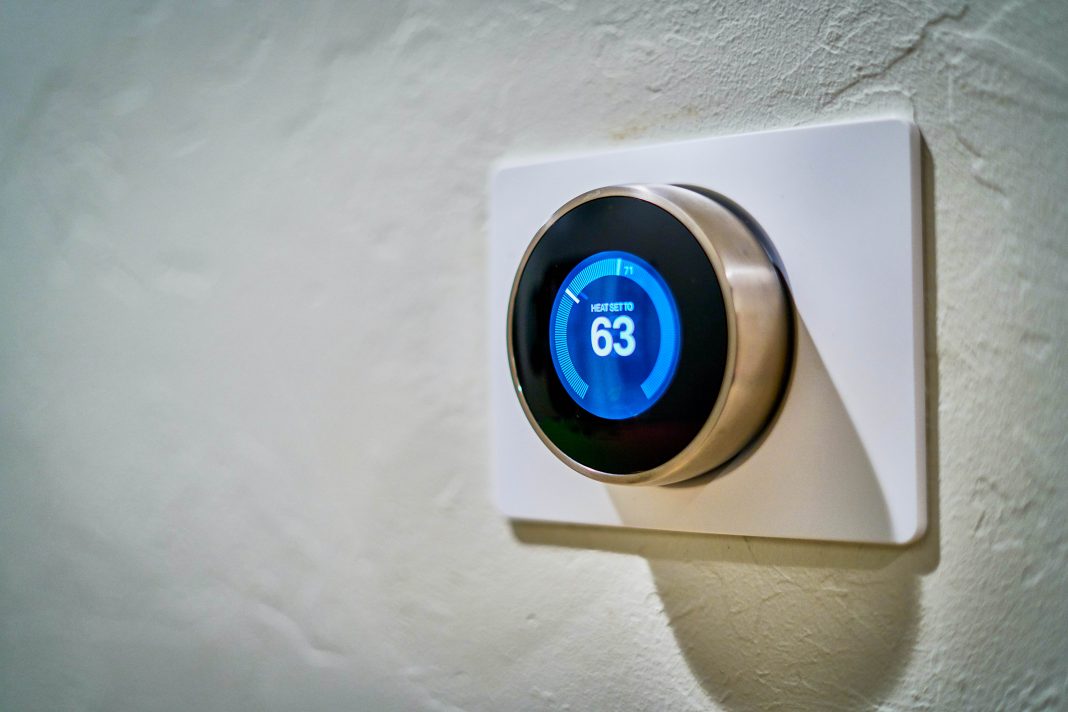Navigating the ins and outs of energy efficiency can be challenging. If we are going to get the most out of fabric-first retrofits and smart technology options, we need a comfortable level of comprehension. From choosing the right appliances to ascertaining the retrofitting policies specific to your region, via pinpointing a building’s energy rating, this handy list of tools and data resources should help lift you from the quagmire of confusion.
Tools
Energy Star offers a tool with personalised steps for choosing the right appliances, renovations, and habits to improve household efficiency in the USA, from finding the right washing machine and lightbulbs to tips like turning off lights and closing the fridge door.
Find an Energy Certificate – In the UK and looking for the energy efficiency report of a particular building? You’re in luck with this easy search function.
Apps from the Australian government’s Energy Ratings website help you choose the right lightbulb and calculate your home’s energy rating.
This interactive policy map allows you to check at a glance the local and regional policies and initiatives for both retrofitted and new builds in the UK.
Building Efficiency Targeting Tool for Energy Retrofits (BETTER) offers information on a building’s emissions and energy costs and provides recommendations for efficiency. Just enter some monthly energy use data into the web platform. It includes an analytics engine that uses open-source code, which means it’s being constantly refined.
C40’s Benefits of Building Retrofits Toolkit provides insights into the health and social benefits (such as job creation) of retrofitting individual buildings. It is based on real-life retrofit projects in Copenhagen, Milan, and New York. A useful resource for influencing retrofit policy and economic stimulus. Read the full introduction.
The one-stop-shop BUILD UP has everything to do with energy-efficient buildings in the European Union. Their skills section allows you to view the progress of training professionals in the field of green tech in each of the countries.
CoachCopro is a France-based online interface that connects residents of condominiums with expertise at all stages of their retrofit journey.
Carbon Risk Real Estate Monitor (CRREM) is a unique tool used for assessing the risk of buildings being ‘stuck’ between early energy-efficient improvements and not achieving the ever-increasing standards as expectations and technology improve. In some cases seen as essential for exploring financial viability.
Data
The International Energy Agency provides a lot of information on energy use, policies, and decarbonisation efforts and targets for many of the world’s countries.
Although rather dated now, NREL’s OpenStudio Application Suite helps just about anyone model renovation work on their property. These video tutorials will get you started.
Our World in Data has an abundance of stats on all manner of topics, including an impressive if sobering series of charts on how much power is still generated by fossil fuels and how little by renewables. You could lose hours playing with their interactive charts and maps.
The US National Renewable Energy Laboratory offers plenty of wind-related data such as maps and geospatial tools for North and South America and beyond.
EnergyPlus™ simulates whole building energy performance. The data can be used for modelling energy and water use in individual properties.


